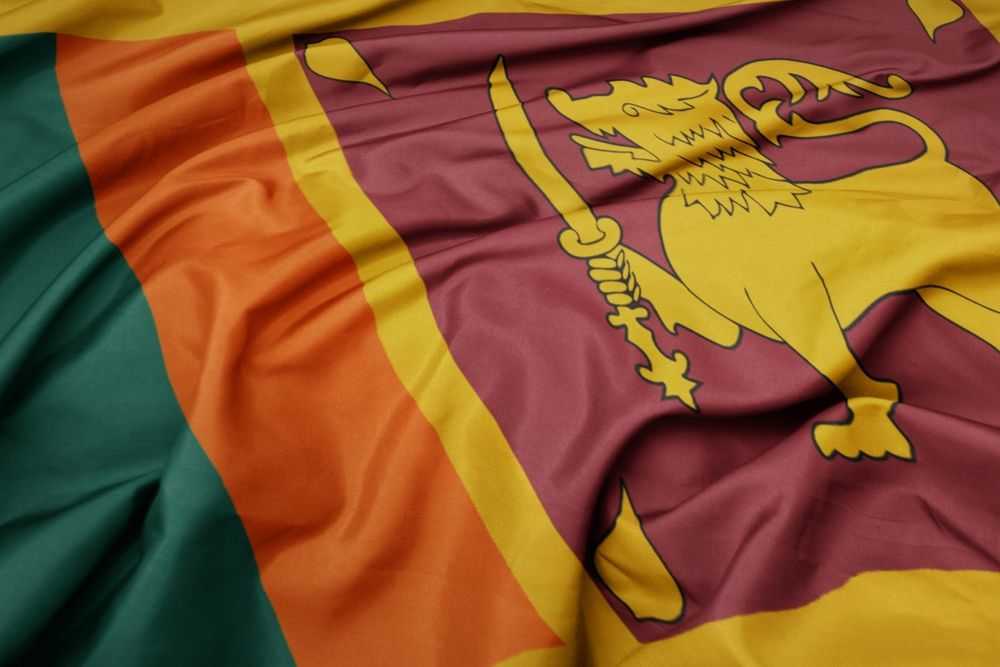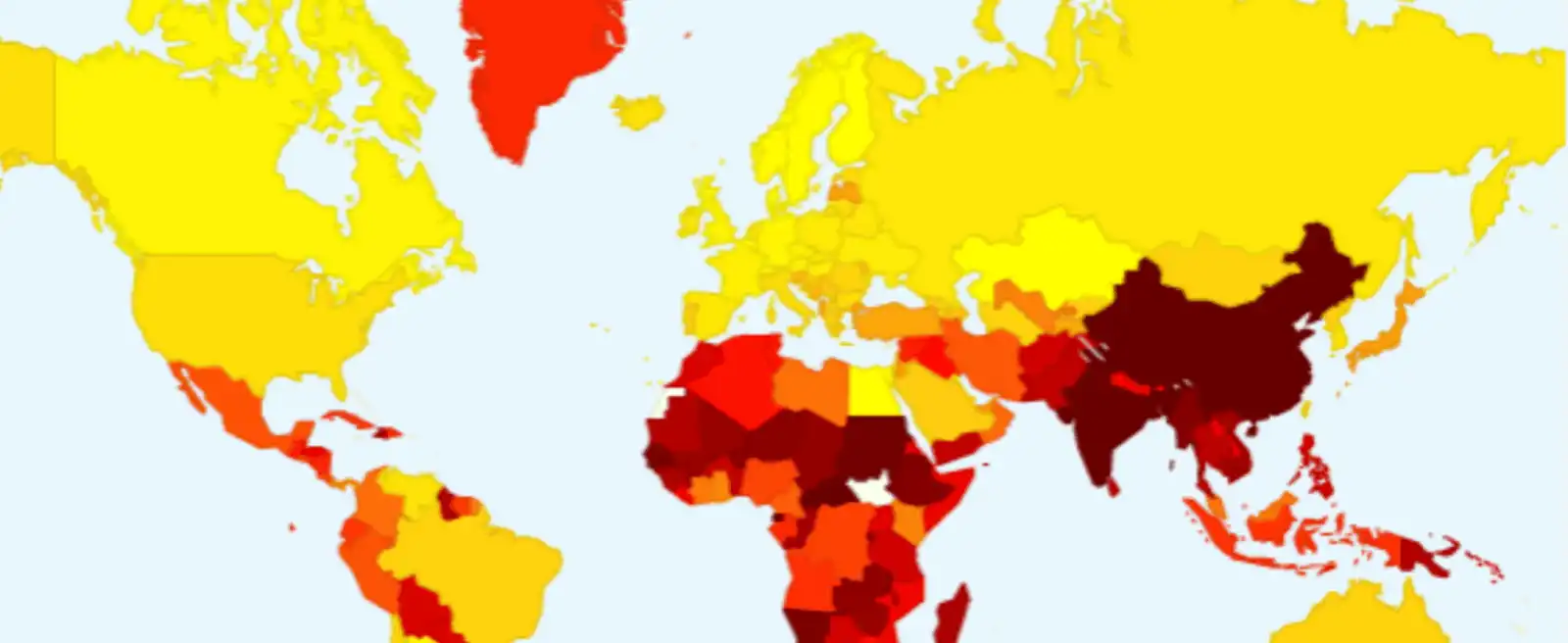Home>The Sri-Lankan exception: a unique re-democratization process in South Asia and its geopolitical implications in the Indo-Pacific

03.02.2025
The Sri-Lankan exception: a unique re-democratization process in South Asia and its geopolitical implications in the Indo-Pacific
The overwhelming success of the National Peoples Power (NPP) in the Sri Lankan legislative elections of November 14 th , 2024 (more than two thirds of seats, 61.5% of the vote) confirmed the popularity of President Anura Kumara Dissanayake, elected on September 21 st with 42.3% of the vote (55.9% after counting the preferential votes that serve as a second round), and of the team he put in place headed by Prime Minister Harini Amarasuriya. This success contrasts with the 3 to 4% of the vote obtained by Dissanayake in 2019 and by his party in 2020. Beyond a simple rejection of discredited outgoing parliamentarians, how can such a meteoric rise be explained? And how was the democratic process not derailed in Sri Lanka, in spite of the succession of shocks which affected the country since independence – insurgencies of 1971 and 1987-1989, separatist war from the early 1980s to 2009, economic and political crisis of the early 2020s?
The great popular movement of 2022, the Aragalaya, initiated by activists who ‘occupied’ a public space in the heart of Colombo, brought into the streets hundreds of thousands of Sri Lankans hit hard by the economic crisis resulting from the disastrous management of public finances and agricultural policy, and the backlash from Covid. This movement, which bears some similarities with the ‘Arab springs’, denounced the corruption and the incompetence of the political class, and in particular of the Rajapakse clan which had dominated since 2006. It forced the resignation of President Gotabhaya Rajapakse, elected in 2019. Following the legal procedure, the Parliament appointed Ranil Wickremesinghe, an experienced but unpopular politician, as interim President, who put a stop to the movement.
His mission was to obtain the agreement of the International Monetary Fund (IMF), State creditors (mainly China, Japan and India) and international finance, to pull the country out of bankruptcy. The austerity measures imposed by the IMF in exchange for $2.9 billion in aid contributed to the decline of the living standards and gave the NPP arguments to assert its goals. Its activists, who had participated in the Aragalaya but were not its instigators, managed over the next two years to convince very diverse sectors of the population of their ability to radically transform the country’s political culture, through democratic means.
Dissanayake, who came from a modest rural background and had trained in politics since the 1990s in the People’s Liberation Front (JVP in sinhala language), a ‘guevarist’ movement that had organized two bloodily suppressed insurrections in 1971 and 1989, was able to both move the JVP in a democratic direction and rally the Sinhalese popular masses through his charisma and eloquence. Launching the NPP in 2019, he expanded his circle around the JVP core to include progressive intellectuals such as Harini Amarasuriya, social activists often belonging to minorities, young entrepreneurs looking forward to innovative change. On the other side, NPP’s competitors, led by Sajith Premadasa, the son of a former President, although critics of. Wickremesinghe’s policy, lost popular support by their compromises with discredited politicians.
The other decisive element of the NPP’s success was the desire to turn the page on the civil war that ended in 2009 with the defeat of the Tamil separatists for which the Rajapakse brothers took credit, building their power on the instrumentalization of tensions between the Buddhist Sinhalese majority and the Tamil-speaking Hindu, Muslim and Christian minorities, relying on a police system that violated human rights, on pampered armed forces, and on organizations of political monks ; the Islamist attacks on Christian churches in Easter 2019 had served their propaganda well and allowed them to perpetuate a regime of exception. The Aragalaya, which was a multi-ethnic movement, had initiated change, in the context of the decline of Tamil separatist feelings in the north. The legislative elections confirmed this: the NPP displayed secularism and civil rule as its principles, and managed to win both the votes of the Sinhalese Buddhist majority in the south, those of the community of Tamil plantation workers in the hills, and to have a relative majority of representatives elected in the north, facing divided Tamil autonomist candidates. It was the first time since independence that a party based in the south was able to rally the votes of the Tamil minorities.
The sequence of events since 2022 demonstrated the resilience of the democratic system, after decades of “tribulations of an old democracy” – title of the article I published a quarter of a century ago in the volume edited by Christophe Jaffrelot Les démocraties d’ailleurs (Karthala, 2000). With 67% participation, an electoral campaign without major incidents, meetings attracting crowds with modest means, the absence of discredited political bigwigs who preferred not to run or were defeated, balanced political speeches given by activists who abandoned their weapons for ballot papers, monks less conspicuous than usual, an army staying in its barracks, few fake news, and the smooth functioning of a complex proportional list ballot with preferential ranking of candidates: in the global electoral landscape of our time, can we speak of a Sri Lankan exception?
Rather than re-democratization, the goal fixed upon by the NPP is the re-invention of a ‘clean’ political culture appealing to what Orwell called ‘common decency’, through practical measures aiming at reducing poverty, banning communal politics, dynamizing the administration, and ensuring the impartiality of justice. On the other hand, economic and political liabilities represent a very heavy burden for the new government and its room for maneuver remains limited. Its parliamentary majority gives it a free hand, and the improvement in the country's financial state eases its constraints a little. But it must try to renegotiate the agreements with the IMF to alleviate the poverty of the masses, fight against corruption and mafia practices, monitor the change in political culture, strengthen coexistence between communities internally and remove the mistrust of the Sri Lankan Tamil diaspora.
Above all, in a geopolitical perspective, remains the challenge, for a small country in a strategic position, to keep an equal distance between India and China, and use international rivalries to raise the stakes and obtain direct investment, without further alienating the country’s sovereignty – considered as its most precious asset. The Rajapaksa regime, while pretending to defend Sri Lanka’s independence and unity, had mortgaged the island to Chinese economic-strategic interests. Wickramasinghe had attempted to reduce the imbalance and rely on the support of Western powers. Dissanayake is likely to follow a realist line: his first official visit was to India, the second to China. But in the case of five major projects the new government is confronted with difficult choices. The ‘Colombo port-city’ mega project, presented as a brainchild of Mahinda Rajapakse, but actually a link in the Chinese-engineered Belt-and-Road Initiative, is being developed as an extraterritorial enclave devoted to globalized business and leisure, on the Dubai model. Facing Galle Face, the hotspot of Aragalaya, the project has been severely criticized by the NPP, as a post-modern avatar of the colonial enterprise. So was the Hambantota port, located on the southern coast of the island, similarly built and financed by Chinese firms, which was leased in 2017 for 99 years to China Merchant Ports, because the government could not repay its debt; the connected project of a big oil refinery has been awarded to Sinopec in January 2025. On the north-eastern coast, the natural harbor of Trincomalee, where oil tanks had been built during WW2, is of strategic interest for India: it was central to the secret agreement imposed on Sri Lanka by India in 1987, which was vehemently denounced by the JVP; in 2022 a joint venture has been set up with Indian Oil Corporation to restore the oil storage facilities and build another refinery. Next year, the Wickremesinghe administration had approved a project by the Gautam Adani, the Indian businessman close to Narendra Modi, to develop a string of wind turbines along the north-western coast, in Mannar and Pooneryn: the harsh financial conditions resembling those imposed by the same firm to Bangladesh, and the bribery charges levelled against Adani in India and USA, are calling into question the project. Back in Colombo, the extension of the port container terminal, another project partly funded by Adani with U.S.-borrowed capital, is similarly being reviewed. To quote the analysis published in The Diplomat (27 January 2025) by R. Kuruwita: “The Adani controversy transcends Sri Lanka’s energy policy. It is a litmus test for the country’s commitment to sovereignty and transparency in an era of great-power rivalry (…) For the NPP government, this is more than an economic dilemma: it is a chance to prove that campaign promises of integrity are more than rhetoric (…) As Sri Lanka navigates post-default recovery, its choices will resonate far beyond its shores. By prioritizing national interest over expediency, Colombo can pursue a policy that safeguards both its economy and its sovereignty, perhaps setting a precedent for other nations grappling with similar pressures. The world is watching.”
Eric P. Meyer,
Emeritus professor at Inalco, Paris
Author of Sri Lanka, Biography of an Island, between local and global, Colombo, Viator,
2006
(credits: Shutterstock )
Replay

Facing Environmental Crisis in South Asia: Challenges and Responses
Replay the inaugural meeting of the Sciences Po South Asia Program on Vimeo